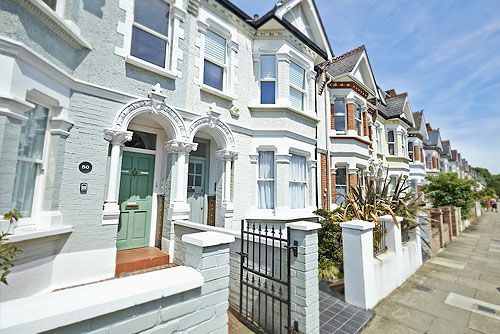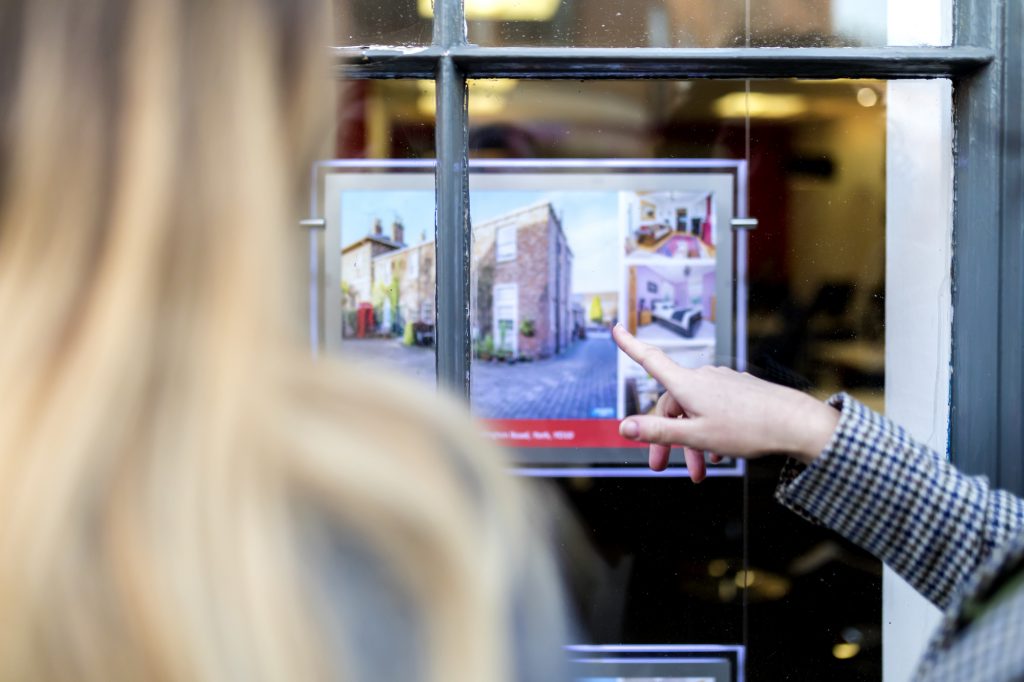
Whether you’re a first-time investor entering the property market or an experienced developer or landlord looking to increase your revenue, you’ve likely come across the term “HMO investing” in your research. The big question is whether this type of investment remains profitable—and the short answer is yes!
HMO investments continue to be popular among landlords of all backgrounds. Here’s what you need to know about HMOs and why they’re still a valuable investment option.
What Is an HMO Property?
HMO stands for “Houses in Multiple Occupation.” In essence, these are rental properties occupied by multiple tenants rather than a single family under one agreement.
For instance, in a four-bedroom property, each bedroom can be rented out to different tenants. Each tenant pays for their individual room while sharing communal areas like kitchens, bathrooms, and lounges.
An HMO property typically has at least three different tenants. However, local authorities may have additional criteria, so not all multi-let properties qualify as HMOs.
It’s important to note that HMOs are different from multi-unit properties, which are separate housing units like apartment complexes. HMOs usually involve renting out individual rooms within a single house, with communal areas shared by all tenants. Larger flats, particularly those above shops, can also be converted into HMOs.
Managing HMO Properties
 The HMO approach is increasingly popular among landlords for several reasons—though it’s important for prospective landlords to fully understand what they’re getting into. Not all properties can be converted into HMOs, so you need to thoroughly evaluate the property’s existing structure and spatial limitations.
The HMO approach is increasingly popular among landlords for several reasons—though it’s important for prospective landlords to fully understand what they’re getting into. Not all properties can be converted into HMOs, so you need to thoroughly evaluate the property’s existing structure and spatial limitations.
Additionally, government regulations for HMOs are more complex than for other rental property types. It’s crucial to familiarize yourself with the relevant guide for landlords and investors, and understand that financing this type of purchase can be more challenging, especially for those without a proven track record in property development.
The initial investment can be substantial, particularly with the need to comply with new landlord regulations regarding living standards. Converting a suitable property into an HMO can also be costly—but it can pay off in the long run.
Once a property is converted into an HMO, it’s likely to stay that way. While this might narrow your potential market when selling the property, as it will mostly appeal to landlords and investors, it doesn’t mean you can’t get a good price—it just might take longer to sell. This makes HMO properties better suited for mid-to-long-term investments.
Despite these additional considerations, the benefits can significantly outweigh the potential downsides in the right circumstances.
Why Are HMOs Still a Great Investment?
Understanding HMO investments in detail is essential before diving in. Here are some key reasons why HMOs are an attractive option for both new and experienced investors.
High Demand
Now more than ever, due to political and economic factors, investors are seeking opportunities where demand is strong. The property sales market has seen a decline due to challenges in obtaining mortgages and uncertainty in the housing market.
Conversely, HMO properties are especially popular in cities and large towns. They are often more appealing than studio apartments or one-bedroom flats, particularly from a financial perspective. This makes HMOs an ideal choice for students, professionals needing weekday accommodation, or individuals with straightforward housing needs.
Potential for Higher Yields
For investors, maximizing ROI is always the goal. HMOs offer a strong potential for high returns, as they generate multiple income streams simultaneously. Each tenant rents a room and shares communal facilities, meaning you can effectively charge rent for the same kitchen or bathroom several times over.
Additionally, smaller rooms or converted spaces like home offices can also be rented out, further boosting revenue. The income from an HMO can be significantly higher than from a single-family rental, making it an appealing option for those focused on financial gains.
Cost-Effective Investment
Tenants are increasingly turning to HMOs for better value, and the same can be said for investors. HMOs generally have smaller rooms, allowing a three-bedroom single-family home to be converted into a four or five-bedroom HMO, creating new investment opportunities.
While managing multiple tenants may seem daunting, it’s often less work than managing the same number of tenants across different properties. Everything is under one roof, simplifying management. For first-time investors seeking a balance of simplicity and profit potential, HMOs are an excellent choice. With the right approach, you can turn a bargain property into a significant asset by converting it into an HMO.
Minimal Risk of Vacancy
In an HMO, you may occasionally face short periods where a room is vacant. However, due to high demand, filling vacancies is typically quick. Even during these periods, you’ll only lose a fraction of the total income, and in many cases, you’ll still break even or make a small profit.
This minimizes the risk compared to traditional rentals, where a vacancy means losing the entire rental income. HMOs reduce the financial impact of vacant rooms, making them a secure investment.
Reduced Risk of Arrears
Late or missed rent payments are a common issue for landlords, but HMOs help mitigate this risk. If one tenant falls behind on payments, it only affects a portion of your overall revenue. With at least two other tenants still paying rent, you can manage cash flow more effectively.
This flexibility allows you to be patient with tenants facing temporary financial difficulties or to replace a problematic tenant without significant financial strain.
Tax Benefits
Tax considerations are crucial when choosing an investment strategy. HMOs offer potential tax benefits, including Plant & Machinery Capital Allowances, which allow landlords to claim back the costs of work on communal areas. These allowances can be offset against non-property income, which isn’t possible with single-family rentals, potentially resulting in substantial tax rebates.
While tax benefits shouldn’t be the sole reason for choosing HMO investments, they are a valuable factor, particularly for properties that require significant work.
Better Cash Flow and Easier Management
HMOs offer several advantages when it comes to cash flow and management. For example, some investors stagger tenant payment dates throughout the month to ensure smoother cash flow.
As an HMO landlord, you’re also more likely to manage the monthly bills for the property, which can be included in the rent. This not only increases ROI but also ensures that all essential bills are paid on time, preventing issues with unpaid bills.
Easier and Cheaper Maintenance
Transitioning between tenants in an HMO is typically less demanding than in traditional rentals. When a tenant moves out, you usually only need to upgrade their room, while communal areas require less frequent attention since they’re shared. This reduces the pressure to complete maintenance tasks immediately, allowing you to make smarter decisions and potentially save money.
The Bottom Line
With the ongoing uncertainties caused by Brexit and the challenges young people face in entering the property market, the demand for private rentals is higher than ever. Many individuals are opting to rent a room in a shared property to balance cost and quality of life. For investors, HMO properties present a prime opportunity to capitalize on this trend.
While investing in HMOs requires thorough research, planning, and preparation, the potential for greater profits, improved cash flow, and a less stressful investment experience make it a compelling choice.
In conclusion, there has never been a better time to explore the potential of HMO investments.




